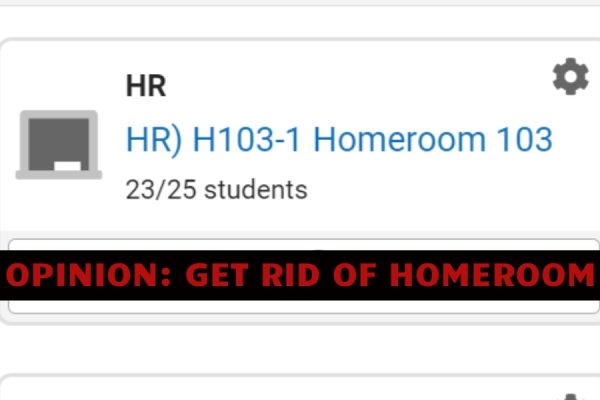Tea w/ C: Dress Code
Dress code is easily the most broken school rule.
Over the first week of school there is an assembly to go over school rules at Bellwood-Antis. When the dress code section is brought up, a loud sigh explodes from the student body, and noise is particularly loud from the girls, who find the dress code to be directed towards them. Trying to make it “gender neutral” doesn’t change anything because no matter how you look at it, bra straps, finger-tip dresses, and stomachs showing are all intentionally directed at girls.
The claim is that girls clothing can be considered distracting to boys. However, I didn’t know that a girls shoulder in the back of the room distracts males from a teacher who is speaking at full volume in the front of the classroom. The funny thing is, if you ask guys, bra straps, shoulders, and thighs don’t distract them. What is distracting to them is when teachers take away class time to say something to students about their clothing choice.
Students breaking dress code happens in all schools. If we think our dress code is strict here, we’re wrong. In some schools around America, students get humiliated and pulled out of class. “Since when did what a girl was wearing become more important that her learning?” asked a mom in Florida where at her daughter’s school district, where you can get suspended if your parent can not bring in a change of clothes when dress coded.
There is a petition going around Northern Florida that was started by a group of frustrated mothers who are “fed up with the dress code.” This petition has almost 2,000 signatures. They want to see a change in rules, which are very similar to ours, so their daughter’s don’t have to come home anymore and ask, “What is sexual or vulgar about showing shoulders?” These moms don’t have answers for their daughters who are sweating in their classes because the combination of long sleeves and 100 degree weather. One mom has even been interviewed by the local news to express her passion for her daughters to have a less sexualized dress code.
In Bellwood-Antis, the majority of students get dress coded for the length of shorts and dresses and for yoga pants. The dress code is seen more often than reported. Junior, Haley Schmidt, said, “Teachers will make comments in class, but never actually send a student to the office.”
A lot of female students also complain about the very controversial ‘no shown undergarment’ rule. This is in place of the former ‘no bra strap’ rule in an attempt to make it a more “gender neutral” rule. But is wording the rule differently making it gender neutral even though the basis of the rule is still directed at bra straps? I don’t know about you, but who was the last male student whose bra straps were showing? Exactly.
On the other hand, if a student has been dress coded for a specific shirt or pair of jeans, you’d think they would learn their lesson. Some students are dress coded so often that they have been given a detention. Students are then mad at the school when they could have just not worn that article of clothing again.
However, there’s more to the dress code than just some misguided kids. The dress code is approved and deemed appropriate by the school board, and what could be appropriate to the school board and our principals could be more conservative than is deemed appropriate in modern society. I think this is why students struggle with the dress code. Everywhere you go, the jeans are ripped all the way up and down and shirts are designed to be cropped not to cover a girls butt. Guys don’t have these problems.
Some schools make the argument that the dress code is there to prepare students for the workplace. Generally, a workplace dress code is professional and comfortable, which is how Mr. Schreier would describe our dress code here at Bellwood-Antis. But sweatpants don’t fit a workplace dress code, so does that mean that sweatpants should be against our schools dress code? No because we are a school not a workplace. Just because leggings aren’t constituted appropriate for a workplace doesn’t mean we shouldn’t be allowed to wear them to school.
The real question is, do we have a strict dress code or do we just have students that like to push the limits. A couple of years ago Mr. Richard Schreier, Dr. Donald Wagner, and Ms. Cathy Adams got together to work on a more fair dress code. The updated dress code was approved by the school board and was deemed neat and appropriate. Mr. Schreier says that the worked to make to dress code slightly more lenient considering we live in a fairly conservative community; however, leeway can led to a broken dress code rule. Rules are made to be broken and the dress code is an easy rule to break considering in recent years it has changed.
Dress code is always going to be an issue in schools and dress code is always going to seem to be directed at girls. Is this fair? No, but this is how society and students view the dress code. I’m over it.













